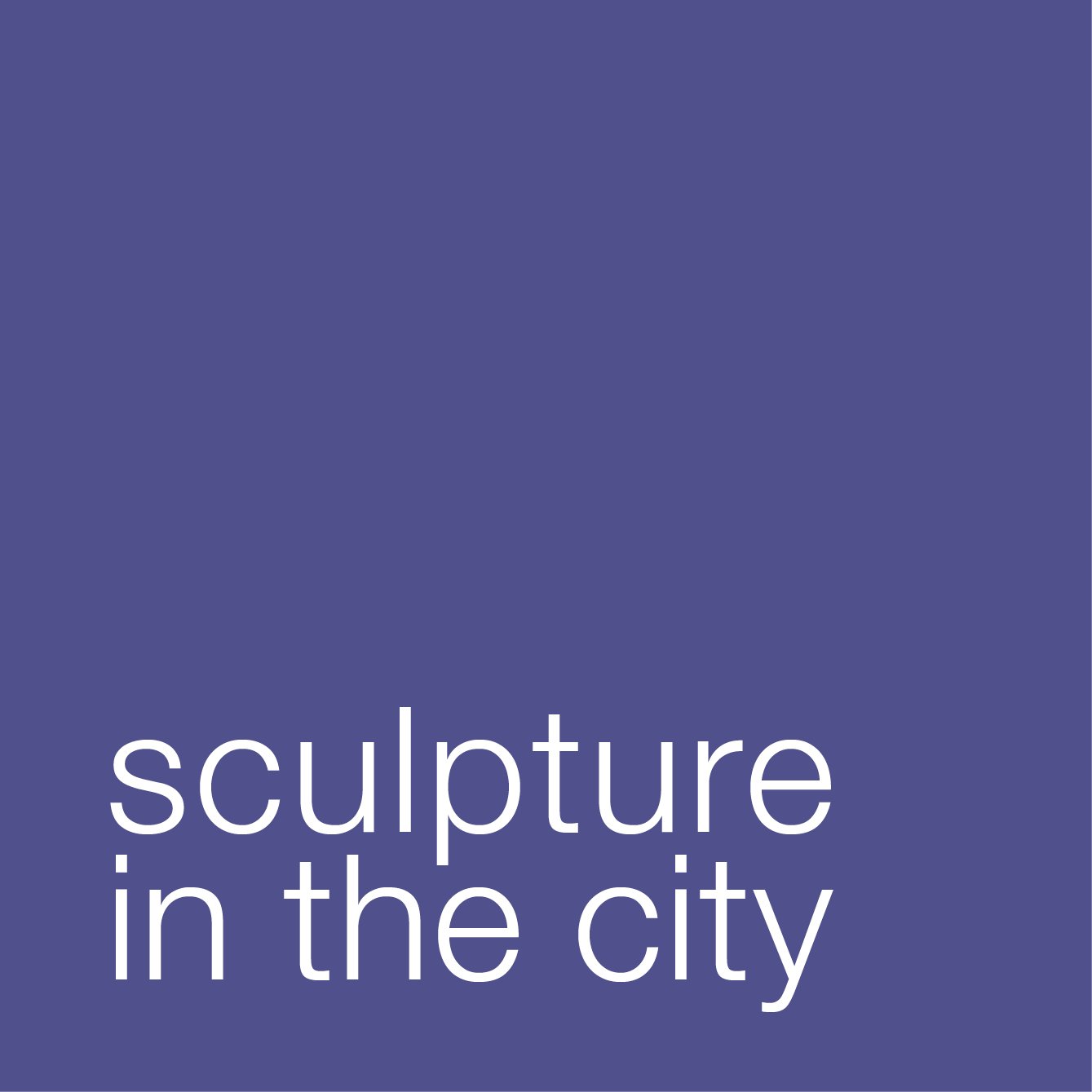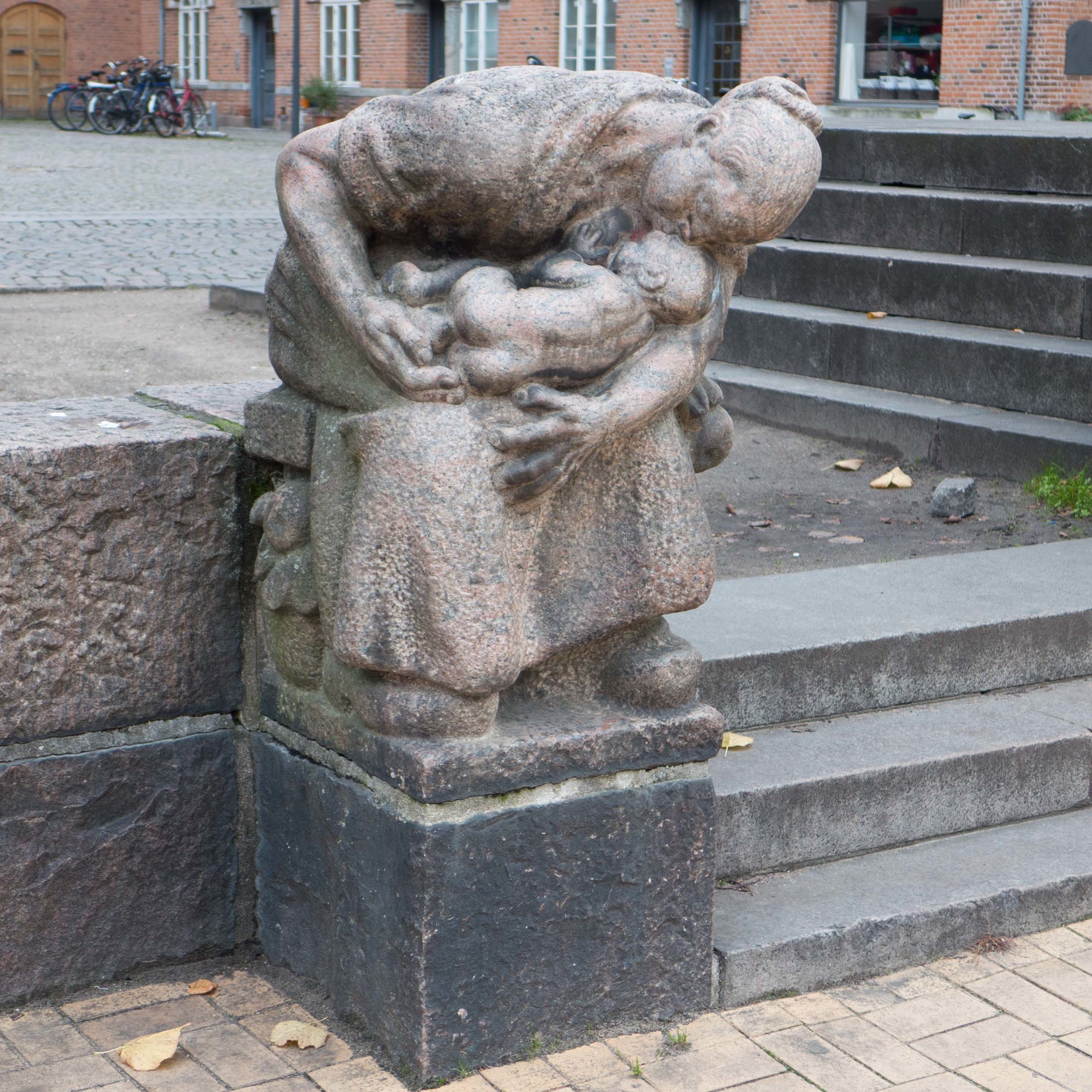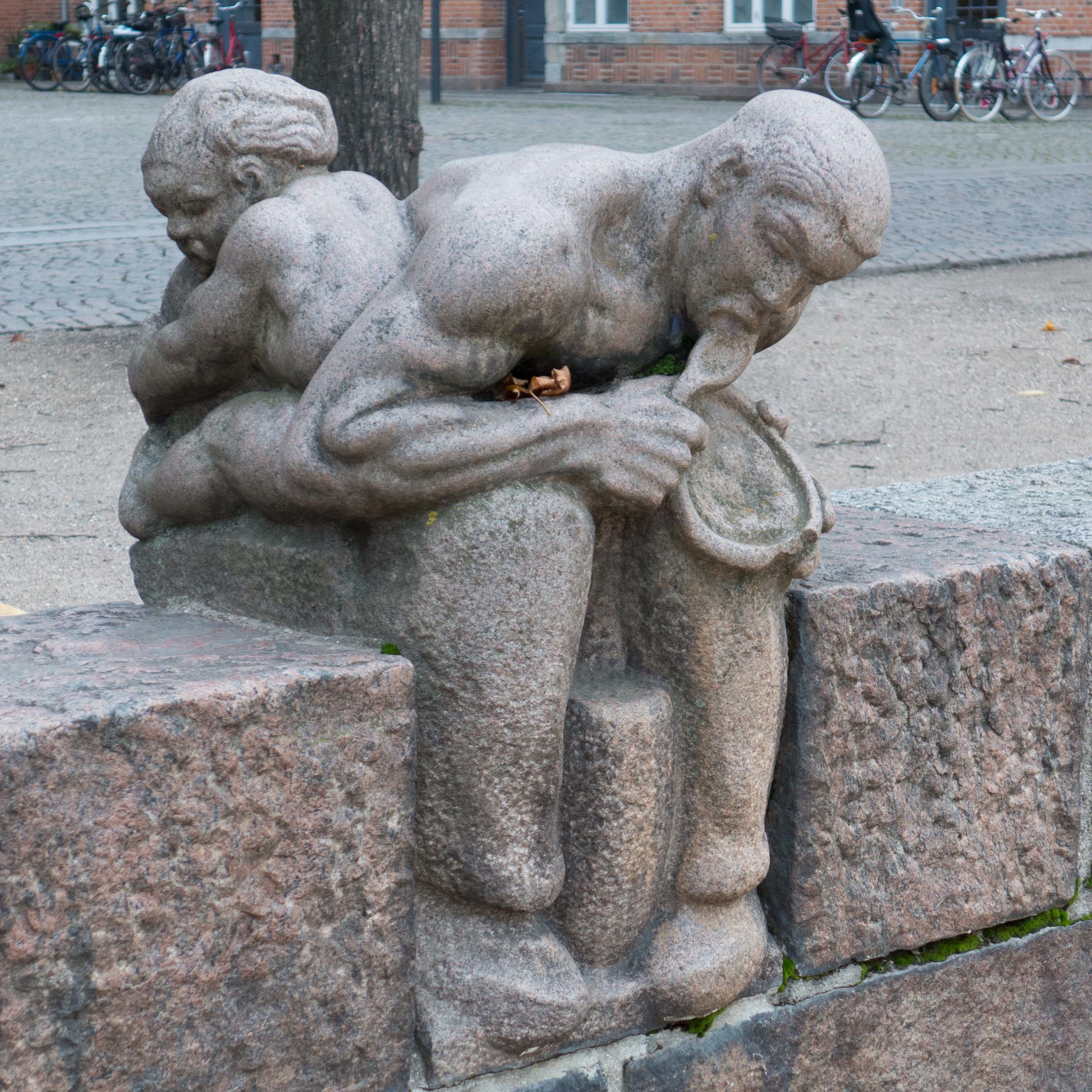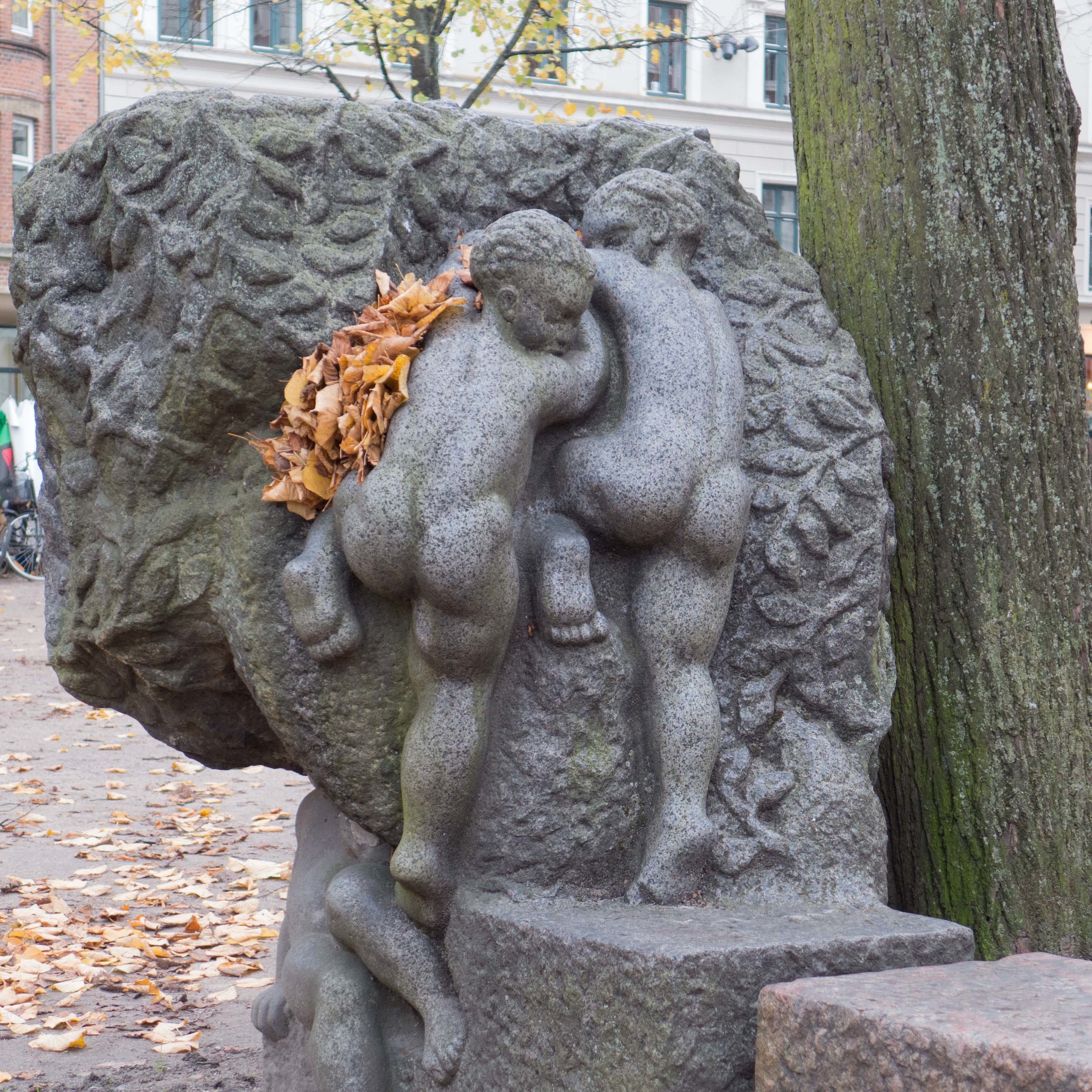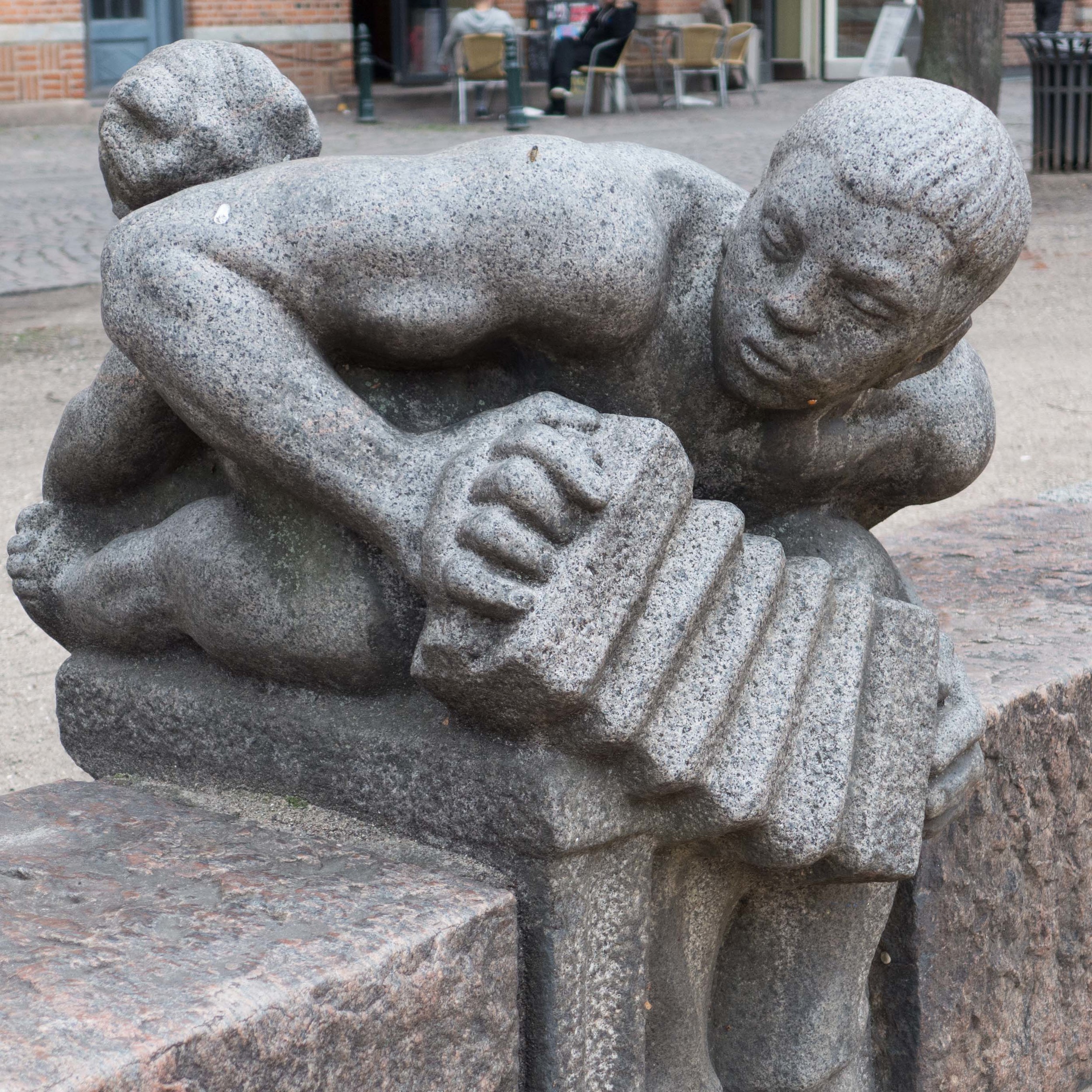sculpture of the Langelinie
/The promenade north along the harbour from Nodre Toldbod follows the east side of the Kastellet fortification, skirts the edge of a marina and then follows the quay of the Langelinekajen to its north end. There are a number of sculptures along the walk starting perhaps with the most prominent, the Gefion Fountain by Anders Bundgaard, given to the city to mark the 50th anniversary of the Carlsberg Brewery in 1897.
At the north-east corner of the Kastellet defences is the Monument to Mariners of 1928 by Svend Rathsack and Ivar Bentsen.
The Bather by Carl Aarsleff from 1909 is in the gardens on the south side of the marina.
The Polar Bear with Cubs by the Danish sculptor Holger Peder Wederkinch is just beyond the marina.
A bust of the polar explorer Ejnar Mikkelsen (1880-1971) on the inner side of the path. This dates from 1944 and is by the sculptor Adam Fischer.
The promenade walk continues north on top of the single-storey warehouses with rough-cut stone arches and decorative iron railing and is almost a sculpture in its own right.
Towards the centre of the pier, between the buildings is Dahlerups Pladsa, a public square with a large fountain ... The Genetically Modified Paradise by Bjørn Nørgaard.
There, just in the harbour basin on the west side of the pier, is The Genetically Modified Mermaid in bronze.
The actual Little Mermaid? Well surely no one wants yet another blog photo of that sculpture however famous and I understand that there are legal injunctions that prevent the publication of images of that piece of sculpture without permission.
On the wharf on the west side of the buildings are some permanent exercise contraptions … presumably for office worker’s jogging round the harbour in their lunch break … and these are so well designed and are such a good addition to the street scape that they too should be considered to be public sculpture.
